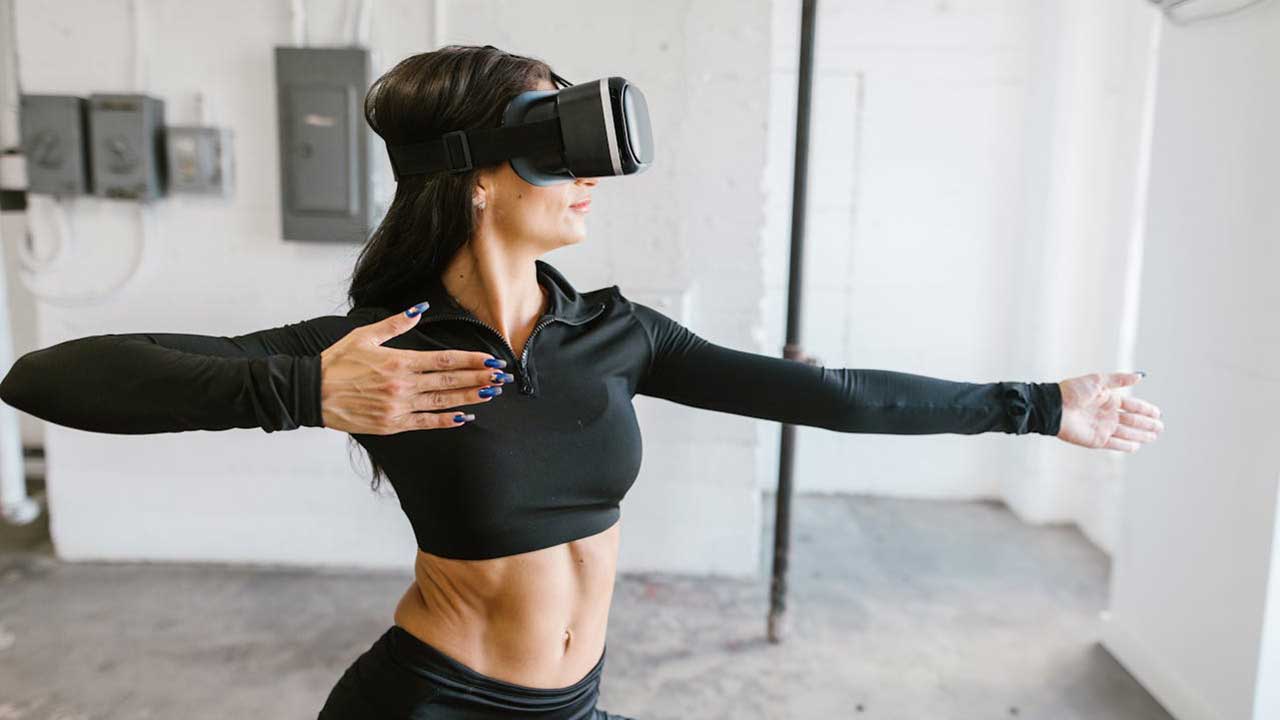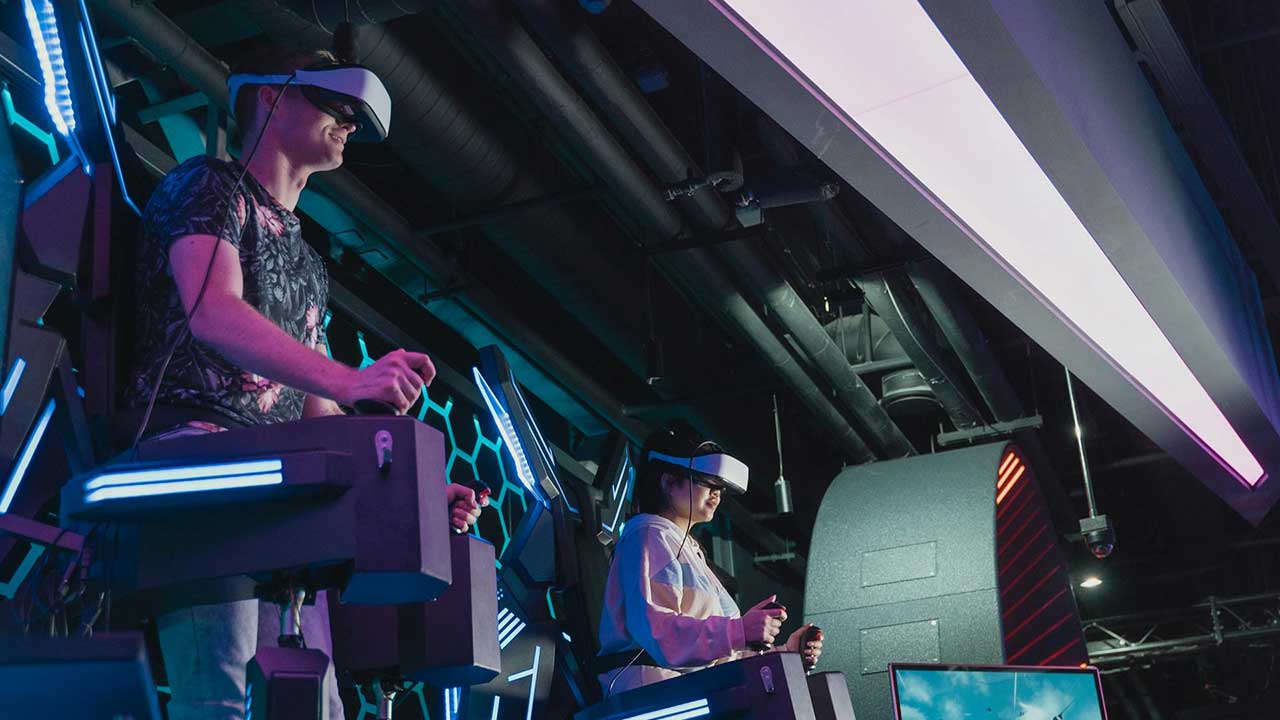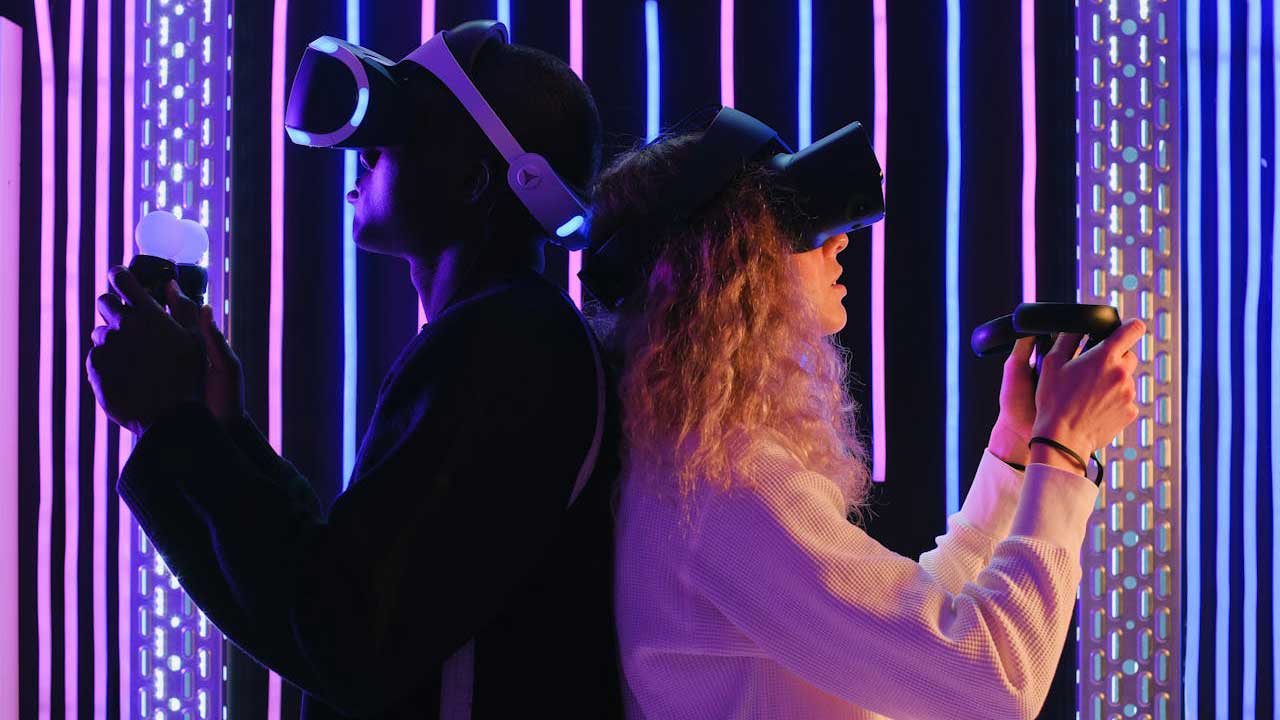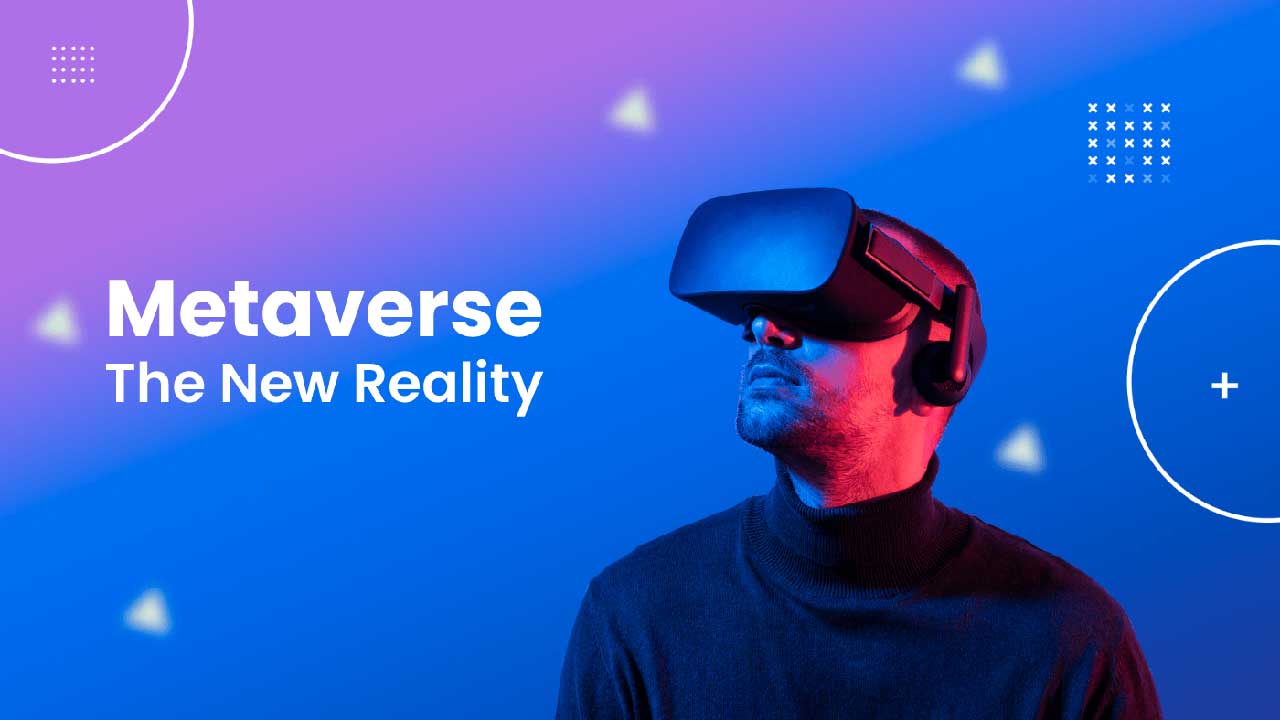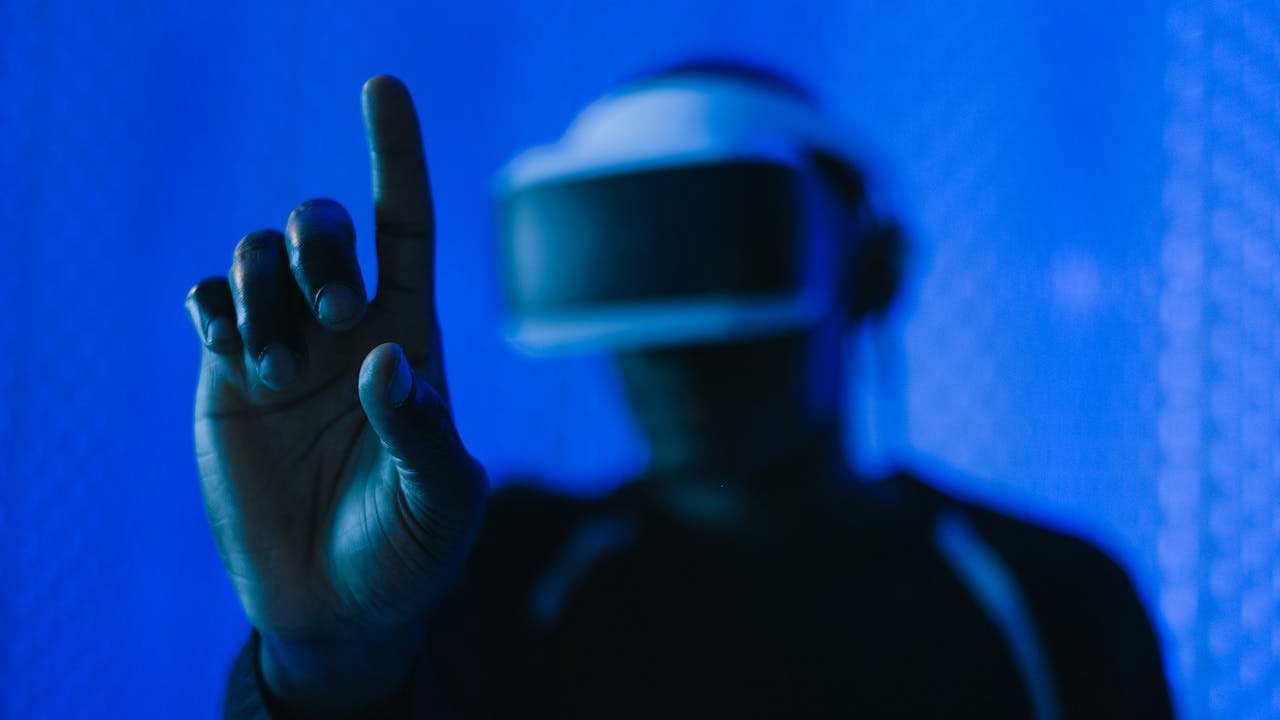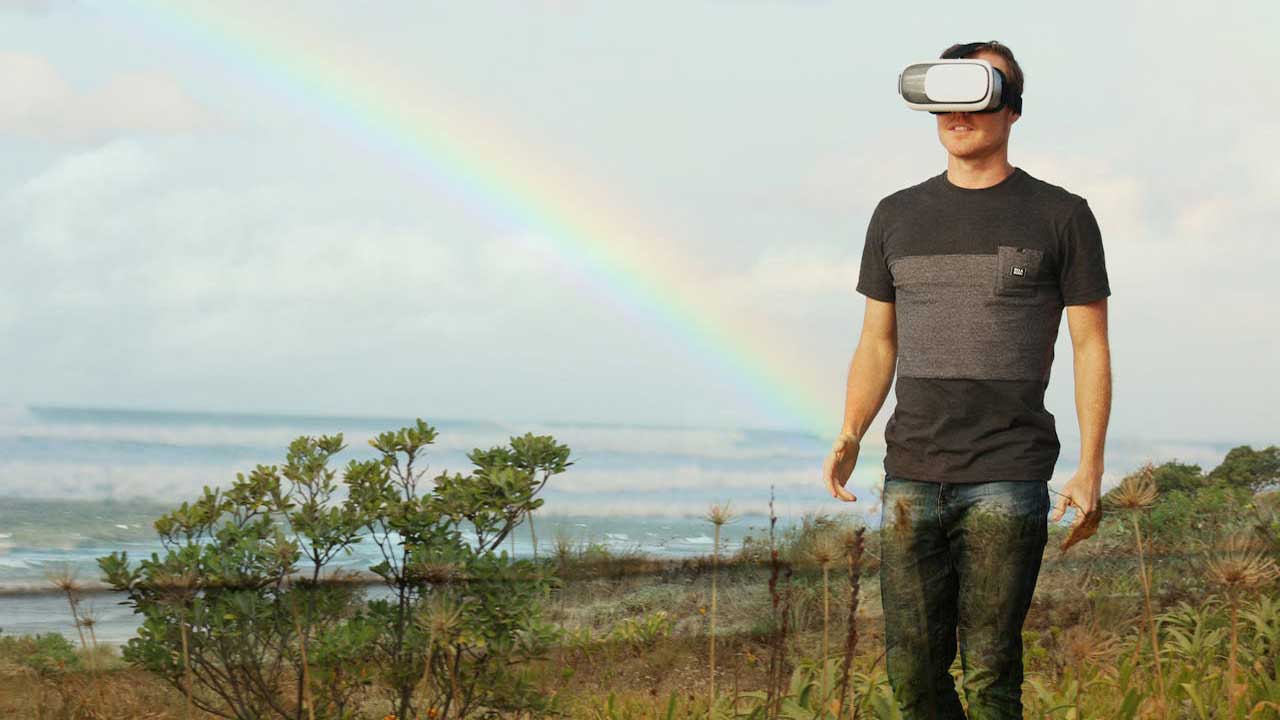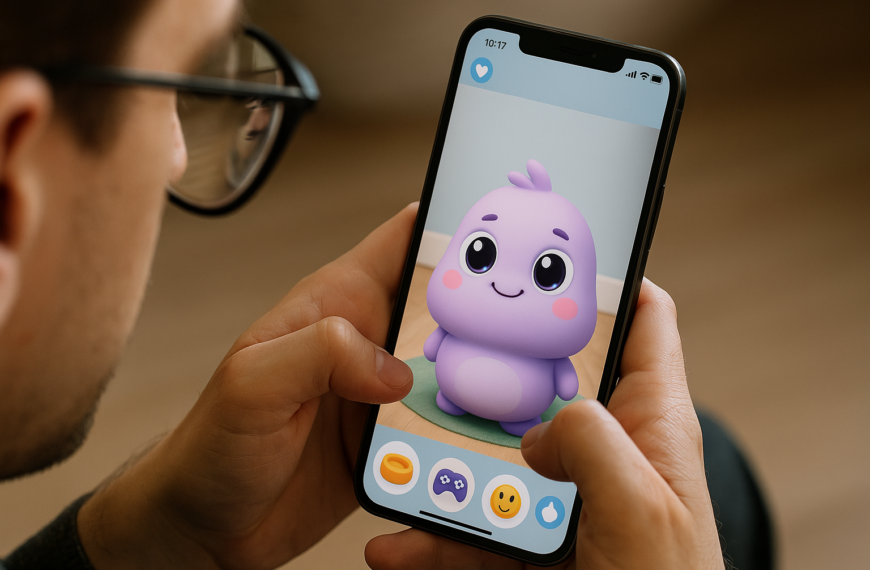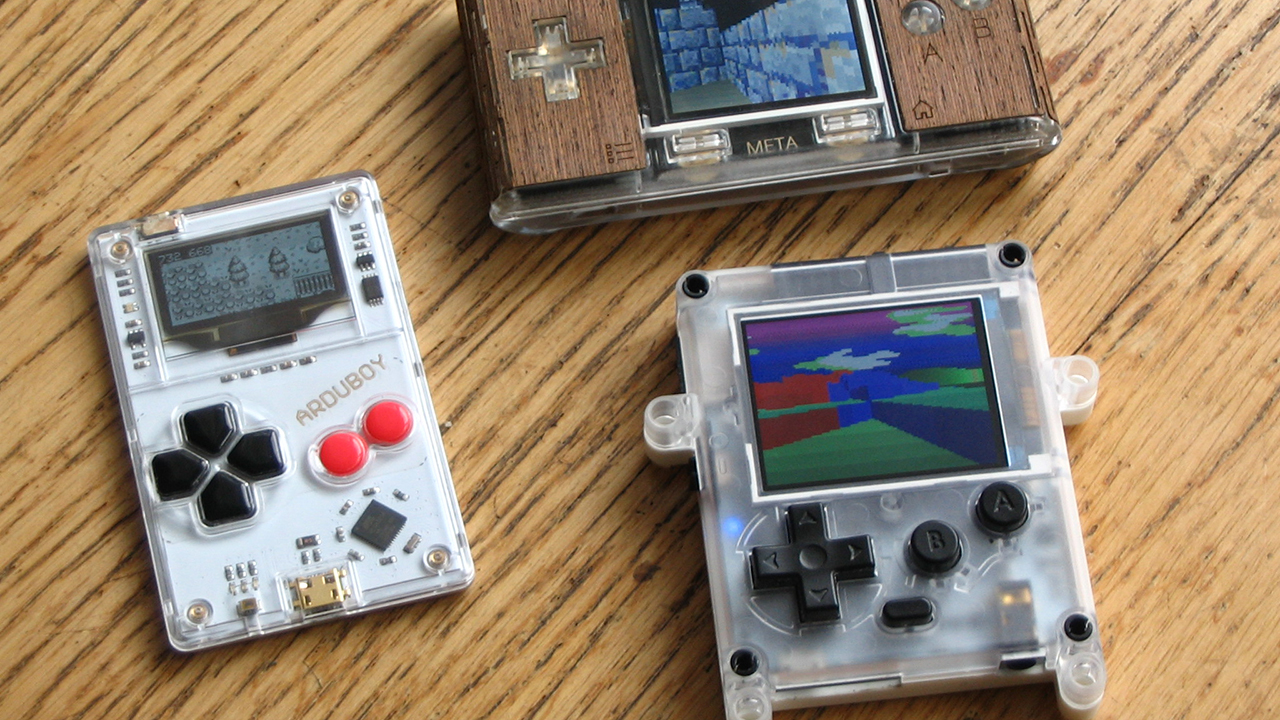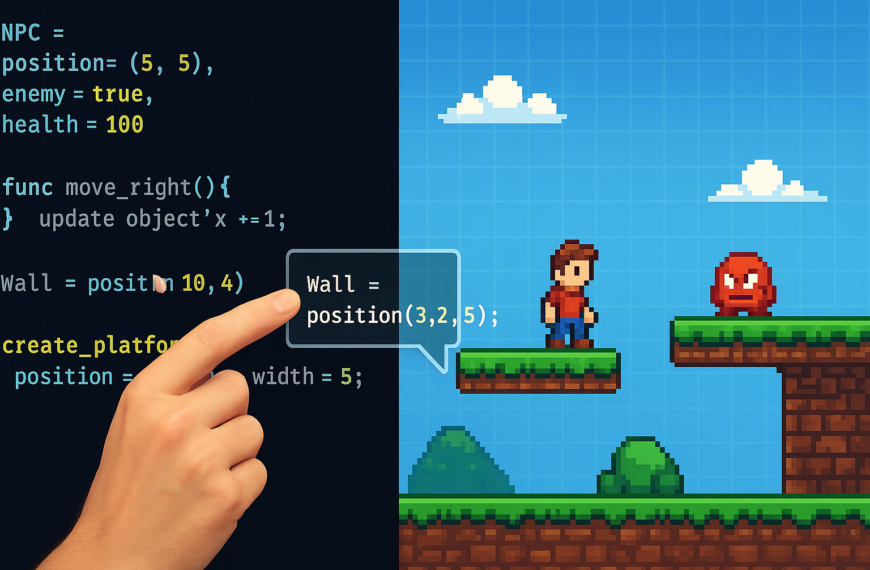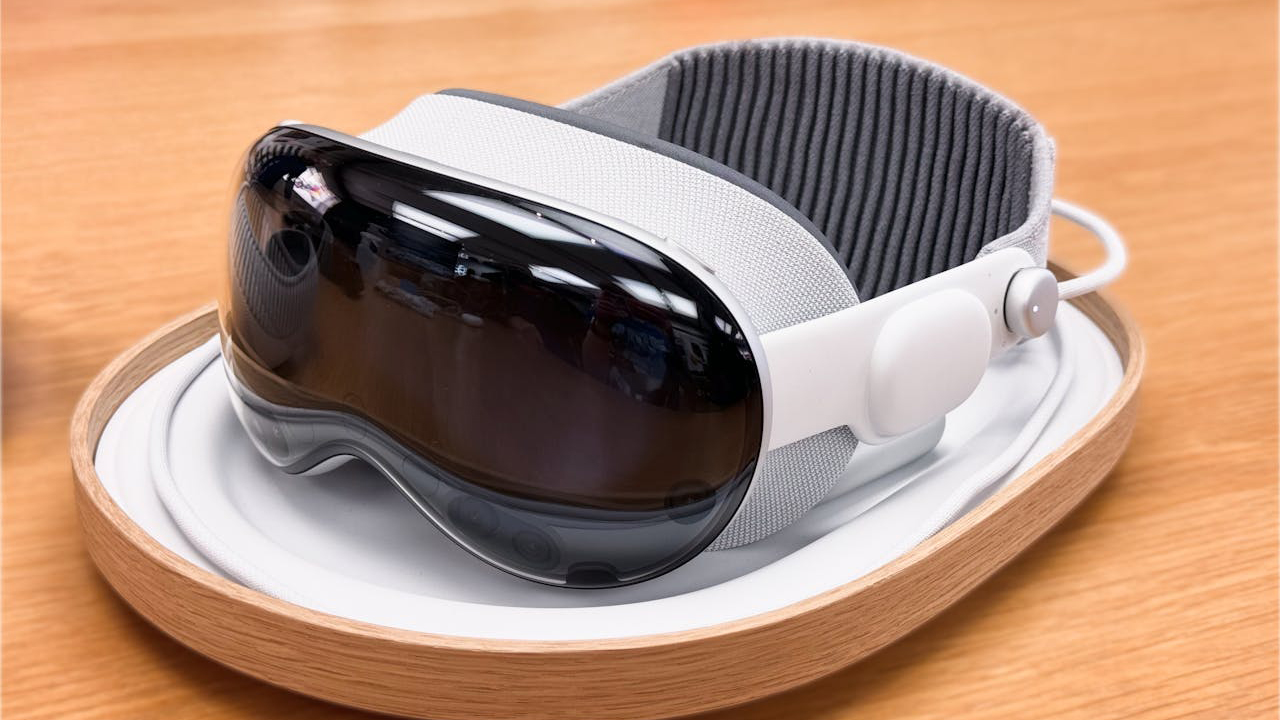The Bigscreen BeThe Bigscreen Beyond 2 is Actually Insane
The Bigscreen Beyond 2 isn’t just another VR headset—it’s a major leap in how light, comfortable, and personal virtual reality can feel. Most headsets try to pack in every feature possible, but this one takes a smarter approach. It trims the fat, zeroes in on the essentials, and still manages to deliver an experience that feels way ahead of its time. Whether you’re into high-end PC VR setups or just tired of clunky gear weighing down your sessions, this headset might actually change the game for you.
Ultra-Lightweight Design
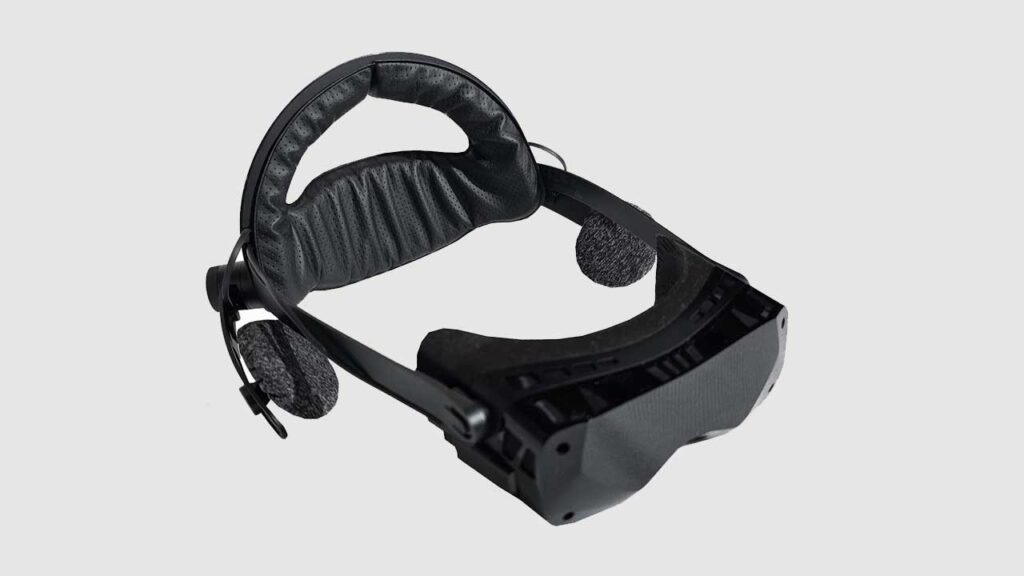
Image Credit: Studioform VR Accessories/ebay
Weighing just 107 grams, the Bigscreen Beyond 2 is ridiculously light. That’s not marketing fluff—you barely feel it on your face. By skipping built-in processing and leaning on PC power, it cuts out the bulk without cutting corners. It’s the kind of lightweight design that makes other headsets feel dated.
Despite its minimal footprint, it still delivers that full “in-theater” experience, which users have pointed out feels surprisingly immersive given the size (UploadVR).
High-Quality Visuals
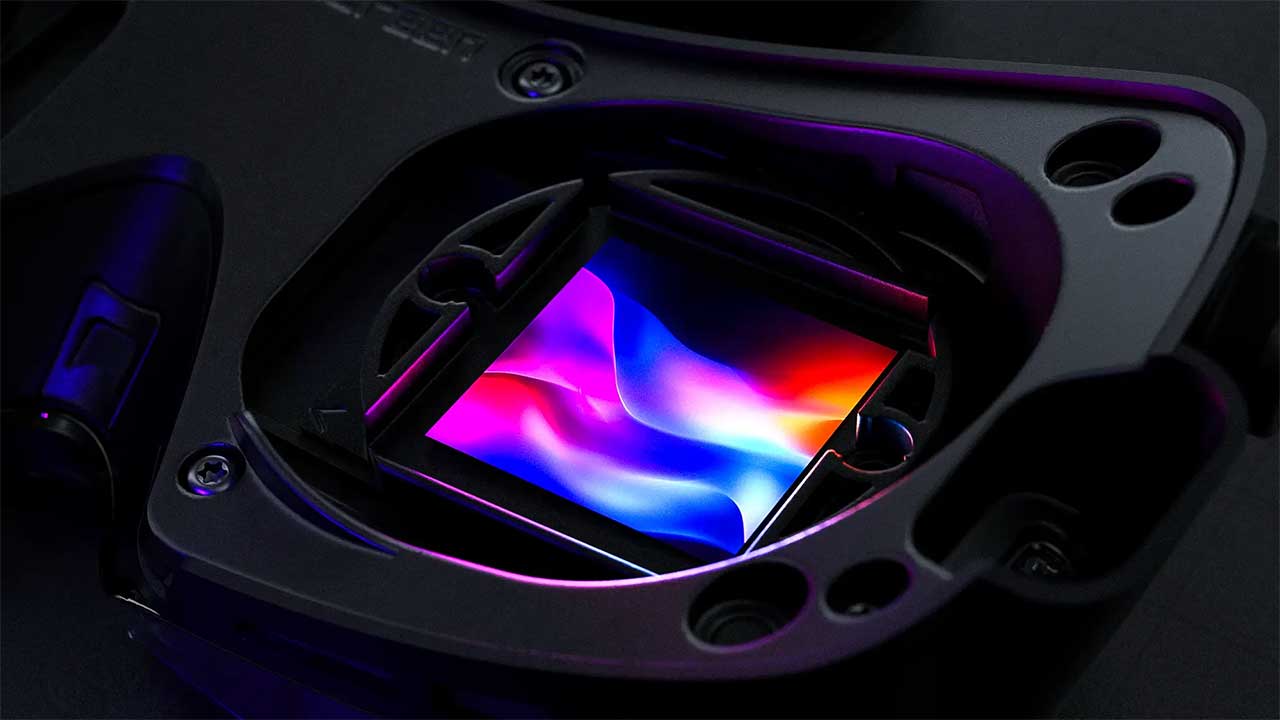
Image Credit: bigscreenvr.com
This thing runs dual 2560×2560 micro-OLED panels that look incredible. Colors are deep, text is sharp, and edge-to-edge clarity actually lives up to the promise. The visuals stay crisp even in fast motion, thanks to improved pancake lenses and a balanced setup.
There’s a 90Hz mode that downscales a bit, but for best clarity—especially reading text—you’ll want to stick with 75Hz, which uses the full native resolution (UploadVR).
Custom Fit and Adjustability
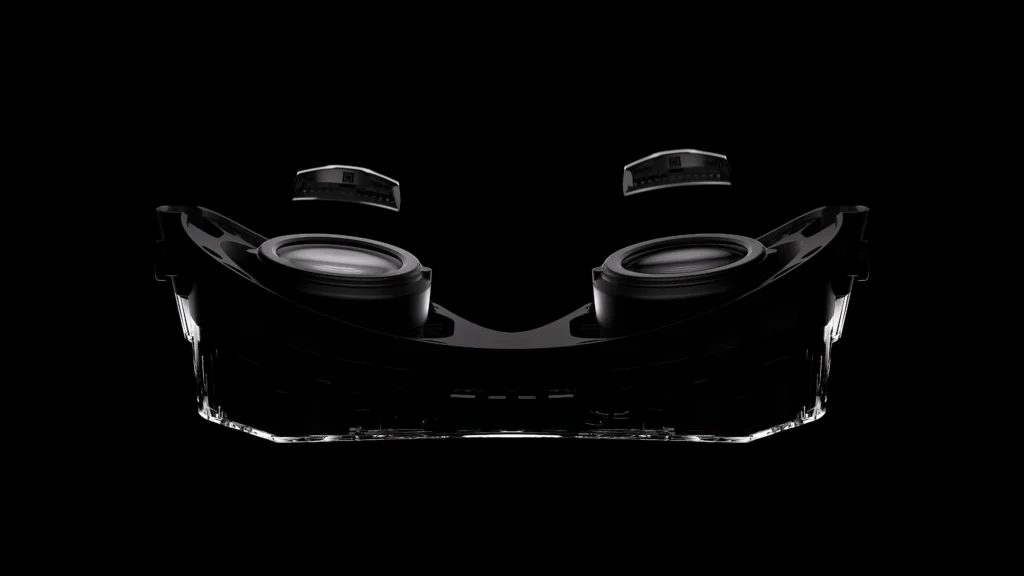
Image Credit: bigscreenvr.com
The headset is built to fit your face, literally. It uses a 3D face scan from your iPhone to create a custom cushion, so there’s no light leak or awkward pressure points. It locks into place with a tight seal that actually feels natural, not claustrophobic.
For those without an iPhone, Bigscreen includes a universal-fit Halo strap option. Plus, per-eye IPD adjustments let you dial in the clarity perfectly (BigscreenVR).
Field of View and Immersion
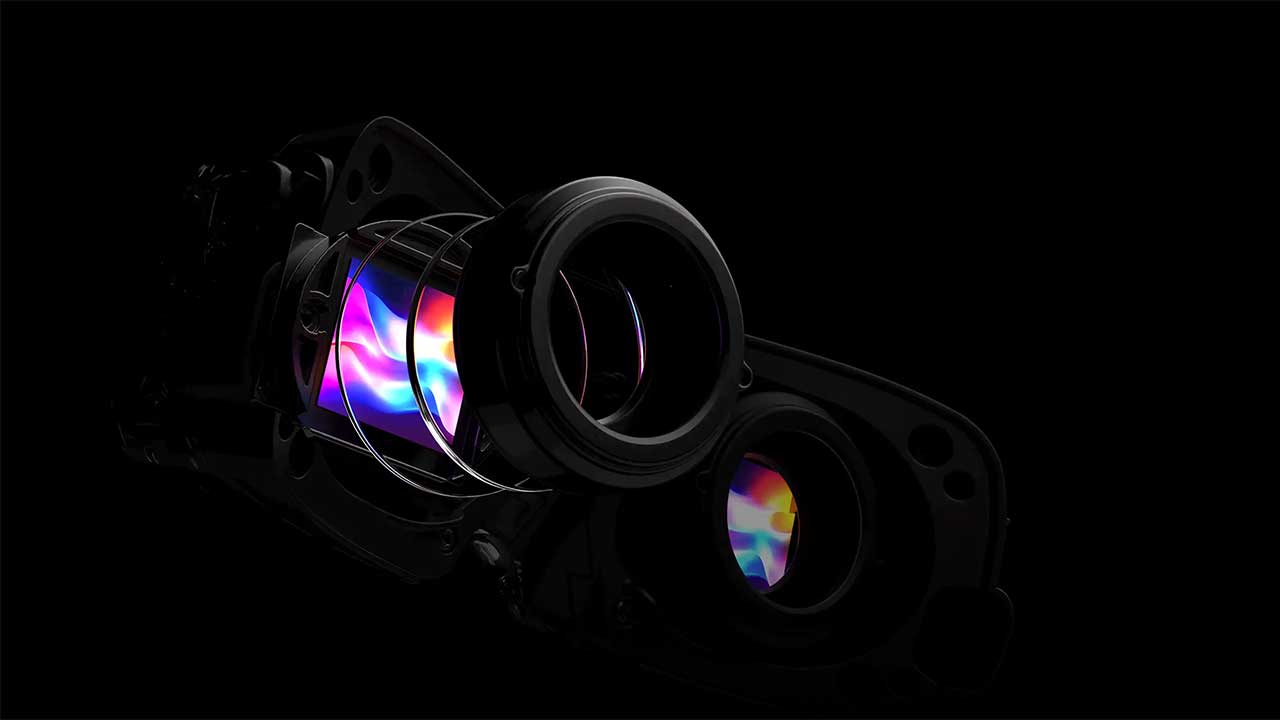
Image Credit: bigscreenvr.com
The field of view hits a wide 116 degrees diagonally, which is noticeably more immersive than what you get on something like the Meta Quest 3. You feel more “in” the world and less like you’re peeking through goggles.
Some users have mentioned slightly reduced binocular overlap, which might affect depth perception for certain experiences, but overall the expanded FOV makes a big difference (DCS World Forum).
Audio and Tracking Considerations
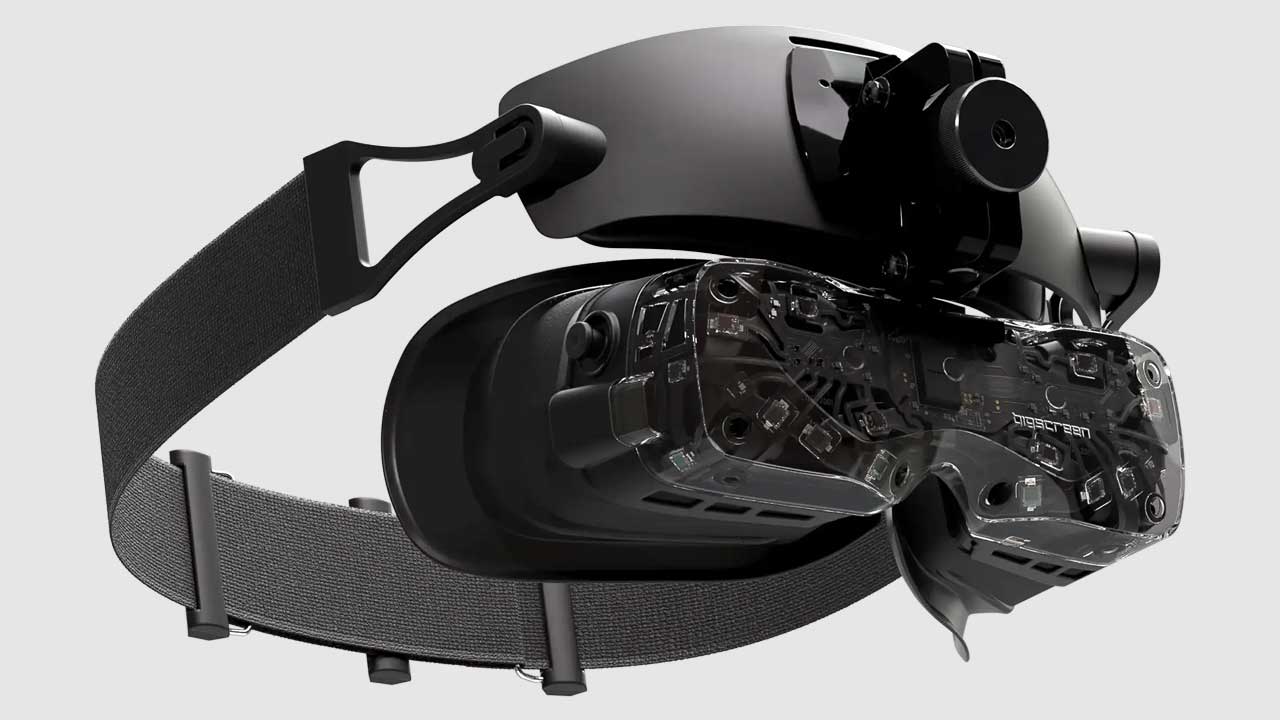
Image Credit: bigscreenvr.com
There’s no built-in audio, which keeps the headset light, but also means you’ll need your own headphones or add on Bigscreen’s optional audio strap. For most PC VR users, that’s not a dealbreaker—it’s pretty common in the high-end space.
Tracking runs on SteamVR base stations, giving you precise motion control. If you’re coming from inside-out tracking, just know it’s a more involved setup—but you get much better performance in return (Road to VR).
Pricing and Availability
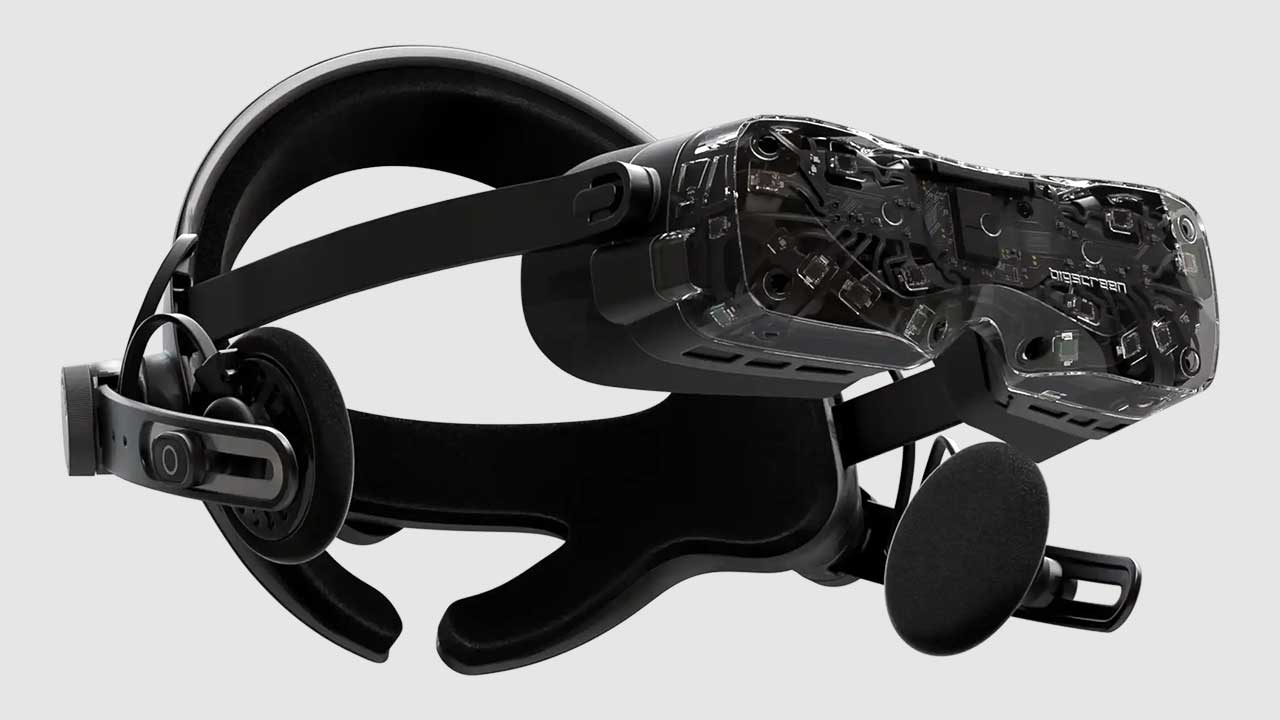
Image Credit: bigscreenvr.com
The standard Beyond 2 starts at $1,019, while the upgraded Beyond 2e with eye-tracking comes in at $1,219. That pricing puts it squarely in the premium category, but it’s not unreasonable for the performance and customization you’re getting.
Units are currently available for pre-order, with shipments expected to roll out starting June 2025 (The Verge).

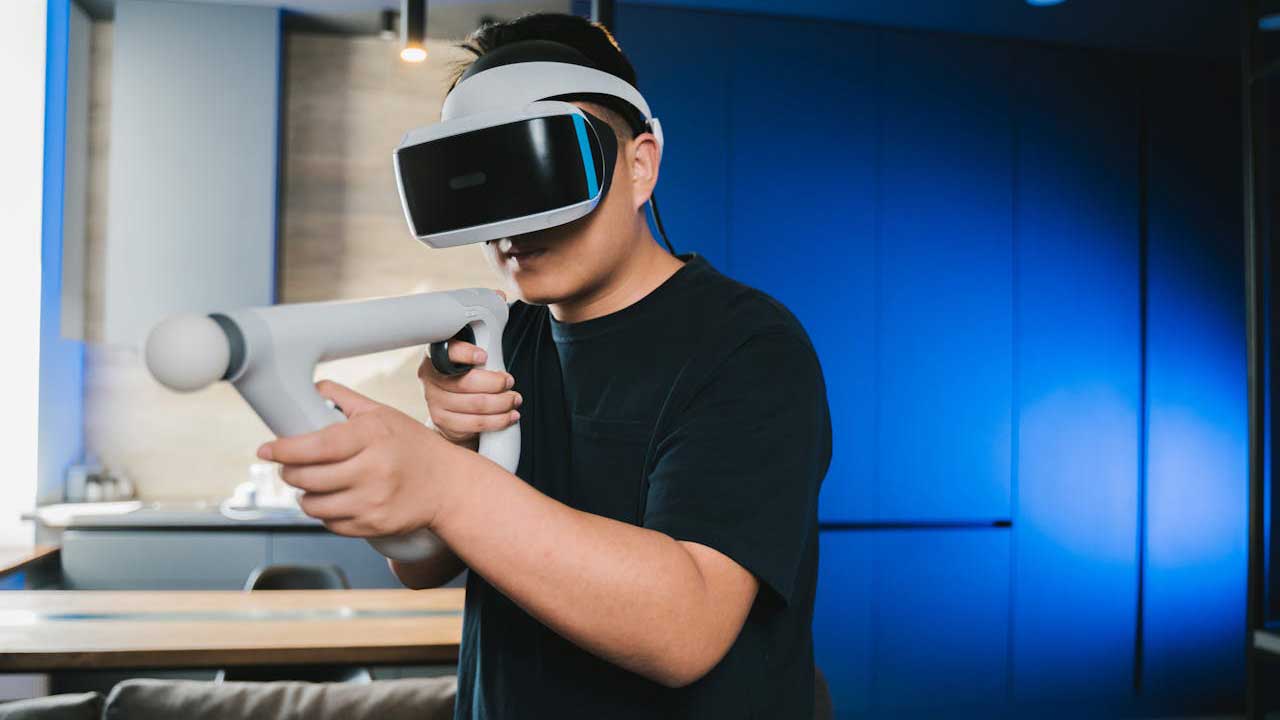
 By
By